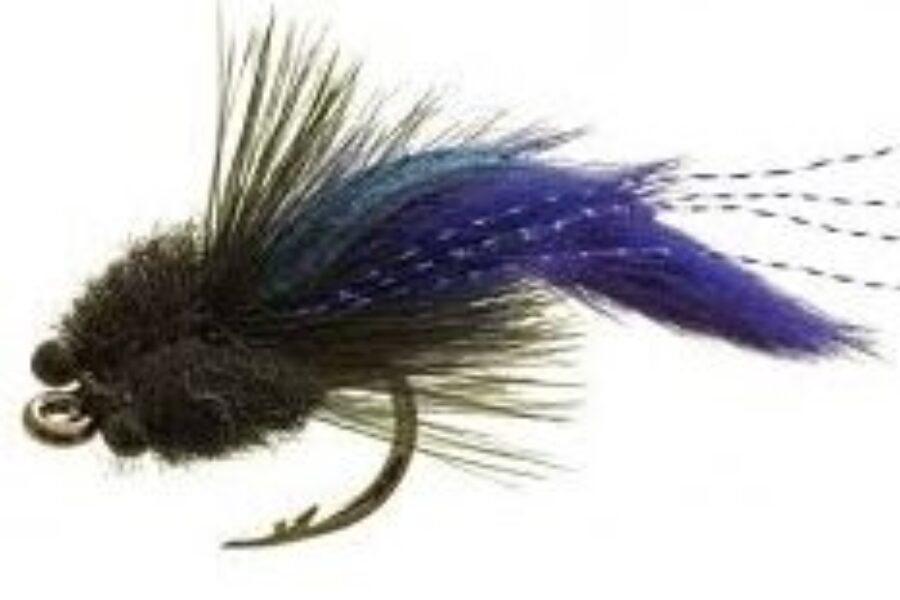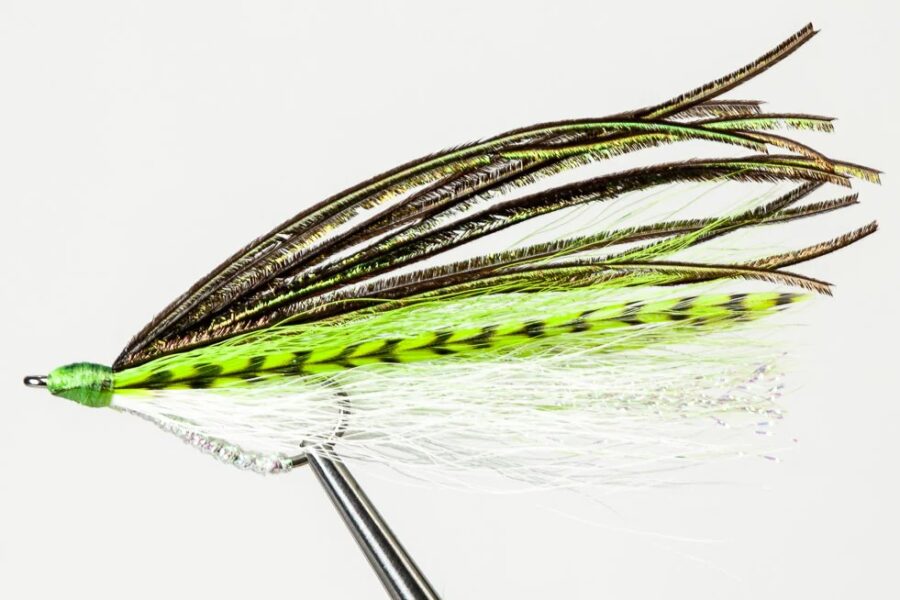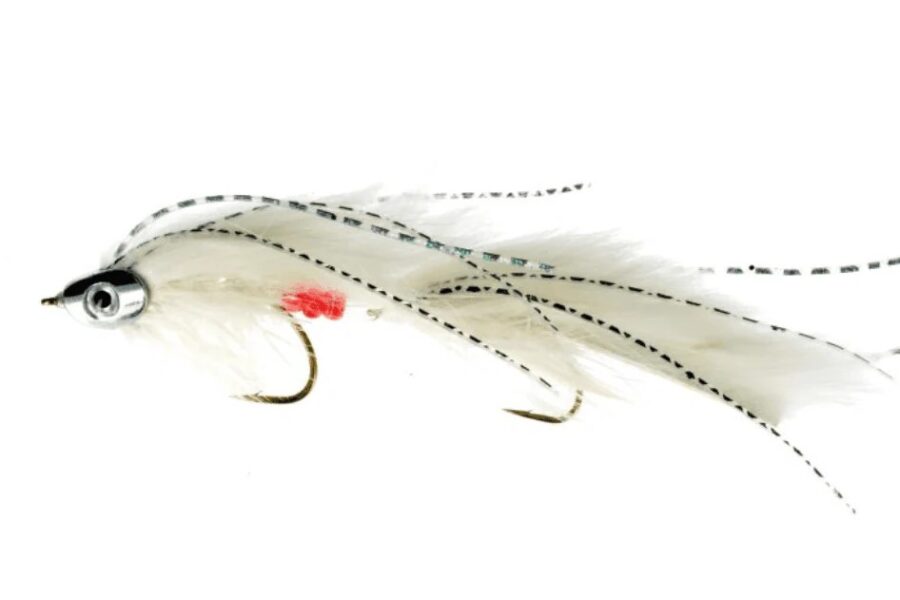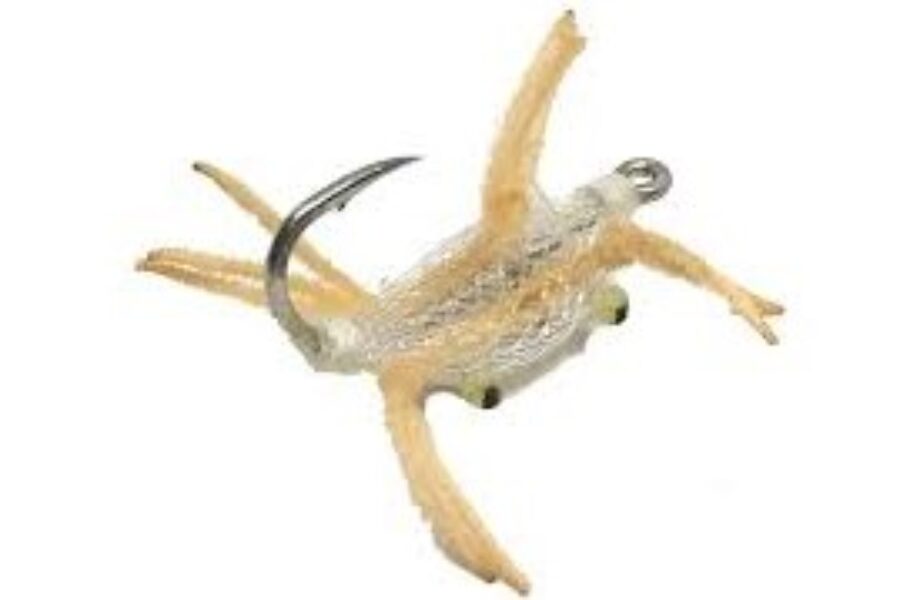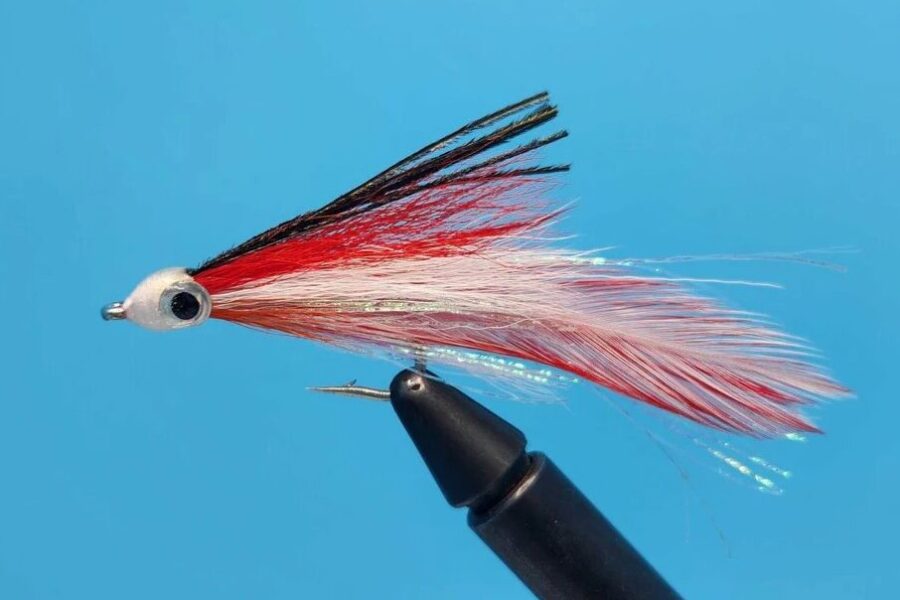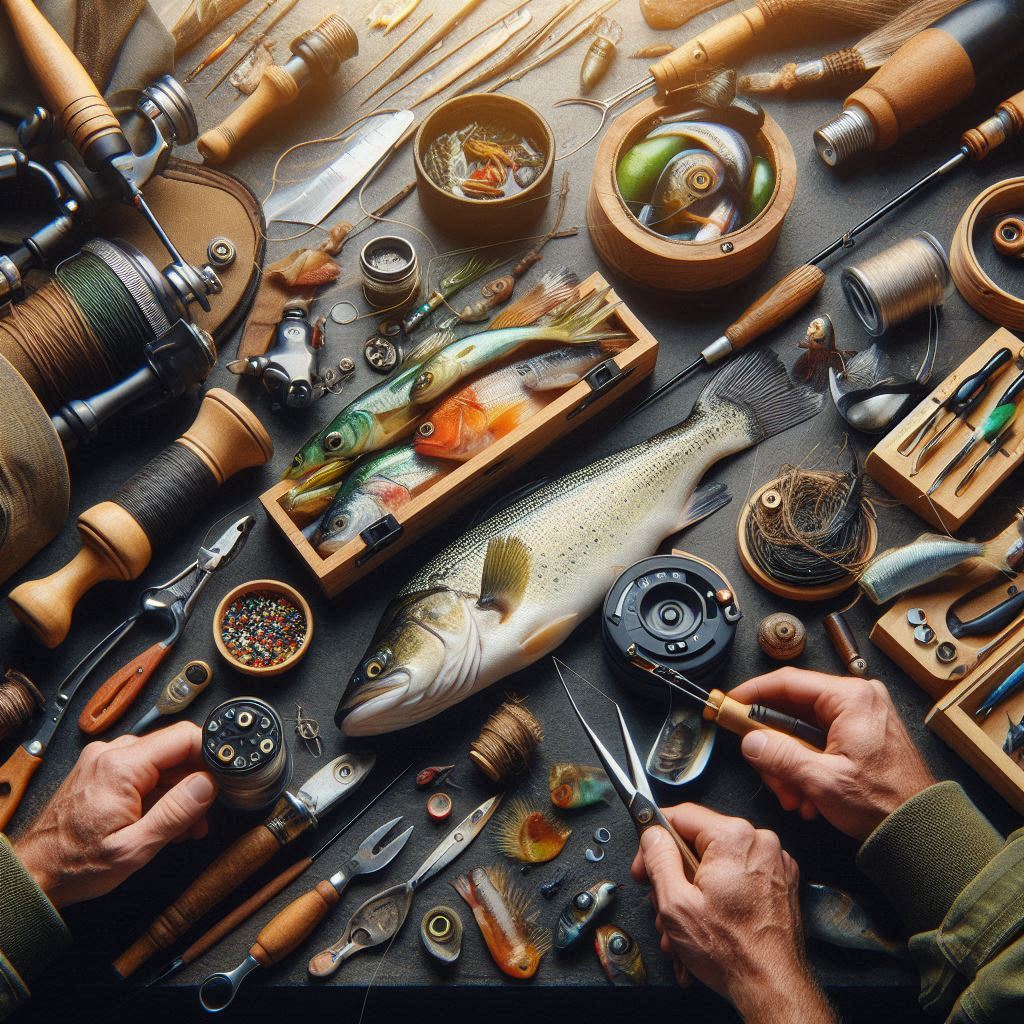What Equipment Do You Need To Fish For Trout
Fishing is a beloved pastime enjoyed by millions of people around the world. While some may think that learning to fish is a daunting task, it doesn’t have to be. With the right knowledge and equipment, anyone can become a successful angler. In this article, we’ll focus on the essential equipment needed for trout fishing and provide helpful tips to make your fishing experience more enjoyable.
Choosing the equipment for trout fishing
Choosing the Right Rod
When it comes to fishing for trout, having the right rod is crucial. Trout rods are typically lightweight and have a sensitive tip, allowing you to feel even the slightest nibble. A good trout rod should be around 5 to 6 feet in length and have a medium-light to medium action. Graphite rods are a popular choice due to their sensitivity and durability.
Selecting a Reel
Equally important is the reel. For trout fishing, a spinning reel or a baitcasting reel will work well. Spinning reels are easier to use and are ideal for beginners, while baitcasting reels offer more precision and control. When selecting a reel, make sure it matches the size and weight of your rod for optimal performance.
Line and Bait Options
The type of line you use is also essential. Monofilament line is a popular choice for trout fishing as it is affordable, easy to use, and has good stretch. Fluorocarbon line is another option, as it is nearly invisible underwater and has less stretch than monofilament. The line weight should be matched to the size of the trout you are targeting, with 4-8 pound test being suitable for most situations.
When it comes to bait, there are several options to choose from. Live bait such as worms, minnows, and insects are highly effective for trout fishing. Artificial lures such as spinners, spoons, and flies are also popular choices. Experimenting with different types of bait, including carefully selected flies, can help you determine what works best in your local fishing spots.
Popular Trout Flies for Your Arsenal
When it comes to trout fishing, having the right flies in your tackle box can make all the difference. At our website, we offer a wide selection of high-quality trout flies that have proven to be effective in various fishing conditions. Some of our top-selling flies include the Red Zebra Midge, Elk Hair Caddis, Adams Parachute, and Woolly Bugger.
The Red Zebra Midge is a versatile pattern that imitates small midge larvae, a common food source for trout. Its slim profile and attractive red and black striped body make it irresistible to finicky trout. The Elk Hair Caddis, on the other hand, is a classic dry fly that mimics adult caddisflies. Its buoyant elk hair wing and dubbed body allow it to float beautifully on the water’s surface, enticing trout to rise for a meal.
Another must-have in your fly box is the Adams Parachute. This timeless pattern features a gray body, grizzly and brown hackle, and a white calf tail wing. Its parachute-style hackle makes it highly visible on the water and attractive to trout feeding on a variety of mayflies and other insects. Lastly, the Woolly Bugger is a streamer-style fly that can be fished in a multitude of ways. Its marabou tail and chenille body create an enticing undulating action underwater, making it an excellent choice for targeting larger, aggressive trout.
By including these proven trout flies in your arsenal, you’ll be well-prepared to tackle any trout fishing situation. Visit our website to explore our extensive collection of trout flies and elevate your fishing game to the next level.
Additional Gear for Comfort and Convenience
While having the right flies and bait is essential, there are a few additional items that can enhance your trout fishing experience and make your time on the water more comfortable and convenient. Waders are a great investment if you plan on fishing in deeper water or in colder temperatures. They keep you dry and warm, allowing you to fish comfortably for longer periods. A landing net is also useful for safely landing larger trout without damaging them.
Tips for Successful Trout Fishing
Now that you have the necessary equipment, it’s time to focus on some fishing tips. When fishing for trout, it’s important to pay attention to your surroundings. Trout often feed on insects, so look for areas where insects are present, such as near overhanging trees or grassy banks. Casting your line in these areas can increase your chances of getting a bite.
Another tip is to be mindful of your noise level. Trout have excellent hearing and can be easily spooked by loud noises. When approaching a fishing spot, move quietly and avoid making sudden movements. If fishing from a boat, be sure to minimize any unnecessary noise.
The weather can also play a significant role in trout fishing success. Overcast days tend to be better for trout fishing as the fish are more likely to be active and feeding. On sunny days, trout may seek deeper, cooler water, making them harder to catch. Paying attention to weather patterns can help you plan your fishing trips accordingly.
Handling Trout with Care
When you do hook a trout, it’s important to handle it with care. Trout have delicate mouths, so using a rubber net or moistening your hands before handling the fish can help prevent injury. If you plan on releasing the trout, try to minimize the time it spends out of the water and gently remove the hook using pliers or hemostats.
Understanding Fishing Regulations
Fishing regulations are another important aspect to consider when trout fishing. Each state has its own set of regulations regarding fishing licenses, catch limits, and size restrictions. Being aware of and following these regulations not only ensures that you are fishing legally but also helps to maintain healthy fish populations for future generations of anglers.
Advanced Trout Fishing Techniques
In addition to the basic trout fishing equipment and techniques, there are a few advanced strategies that can take your fishing to the next level. One such strategy is fly fishing, which involves using a specialized rod and reel to cast artificial flies that imitate natural insects. Fly fishing requires a bit more finesse and practice than traditional spin fishing, but it can be incredibly rewarding when mastered.
Another advanced technique is drift fishing, which involves allowing your bait to drift naturally with the current. This technique is particularly effective in rivers and streams where trout are actively feeding on insects being carried downstream. To drift fish, use a lightweight line and a small weight to keep your bait near the bottom where the trout are likely to be.
The Joy of Fishing
Regardless of your skill level or the techniques you choose to employ, the most important thing is to enjoy your time on the water. Fishing is a great way to relax, unwind, and connect with nature. Whether you’re fishing alone or with friends and family, the experience of being outdoors and the thrill of catching a fish is something that can be enjoyed by anyone.
Conclusion
In conclusion, fishing for trout can be a fun and rewarding experience with the right equipment and knowledge. By investing in a quality rod, reel, line, and bait, and by following some basic tips and techniques, you’ll be well on your way to becoming a successful trout angler. Remember to always fish responsibly, follow local regulations, and practice catch and release when possible to help preserve this wonderful sport for generations to come. So grab your gear, head out to your favorite fishing spot, and enjoy the adventure that awaits.

